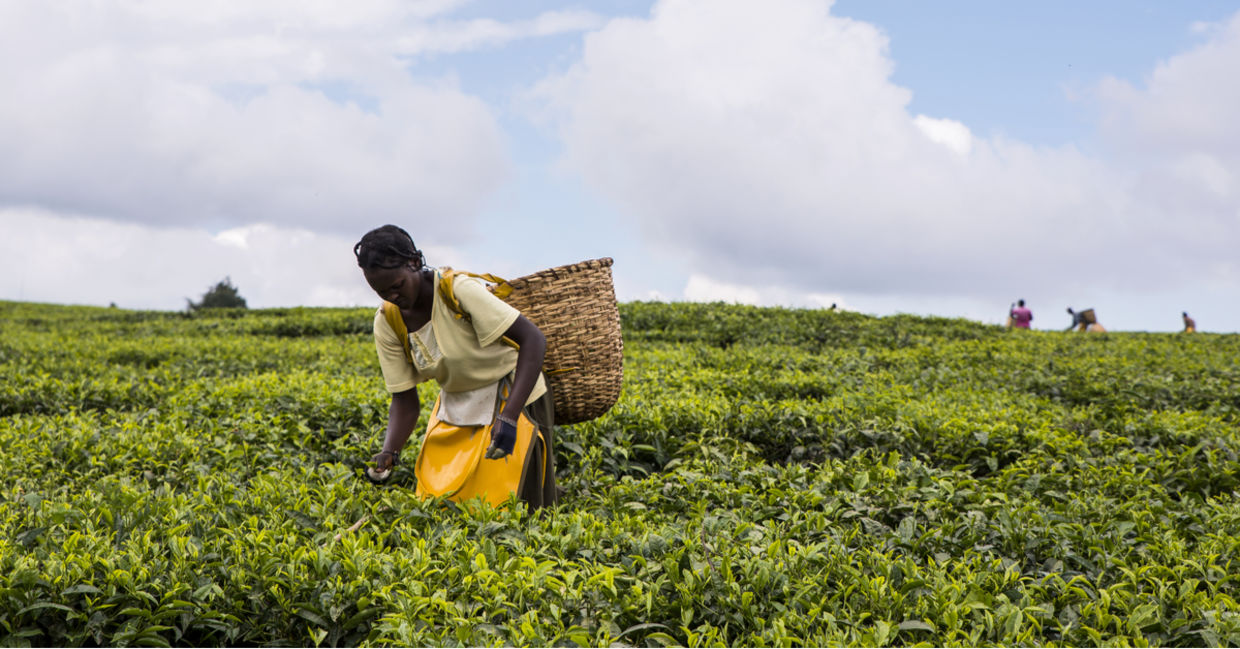
(Jen Watson / Shutterstock.com)
If we are to feed a growing and hungry world and at the same time improve the planet we live in, major changes in the way we farm – and what we eat – will have to be made. Luckily, there are ways that we can achieve this.
The growing consensus is that we need to produce 50 to 90 percent more food to feed the expected 9 billion people that will inhabit our earth in 2050. While these figures account for the trend to eat more meat and dairy products, these are the most wasteful and least environmental forms of food production.
Agriculture already uses one-third of the world's arable land, consumes at least 70 percent of all the water used, and generates a large portion of all global emissions that contribute to climate change. This will have to change to a more sustainable model for us to achieve the food increases that will be needed in the near future.
“There is a pathway to achieve this but the challenge is even bigger than any of us thought,” Richard Waite of the World Resources Institute (WRI) told National Geographic.
“There is no silver bullet; To prevent more land from being converted into agriculture requires major improvements in feed quality and grazing management. It also requires finding ways to get more than one crop harvest per year and requires better crop breeding techniques. For example, CRISP-R technology enables the fine tuning of genes to maximize yields. we need to do everything,” Waite said.
A report by WRI lists 22 proposed solutions to producing the necessary food sustainably. There are different solutions per country and region. Here are five of the most universal of the proposals:
1. Reduce Food Waste
An estimated one-third of all food produced is wasted from farm to home. One of the solutions is to upcycle food that would have been thrown away. This includes turning waste food into useful items, finding buyers for food that would rot in the fields if unsold, to selling non-uniform – or ugly – fruits and vegetables.
Governments also need to change laws so that unsold usable food must be donated to food banks and soup kitchens. In some countries, it is actually discouraged because of liability laws.
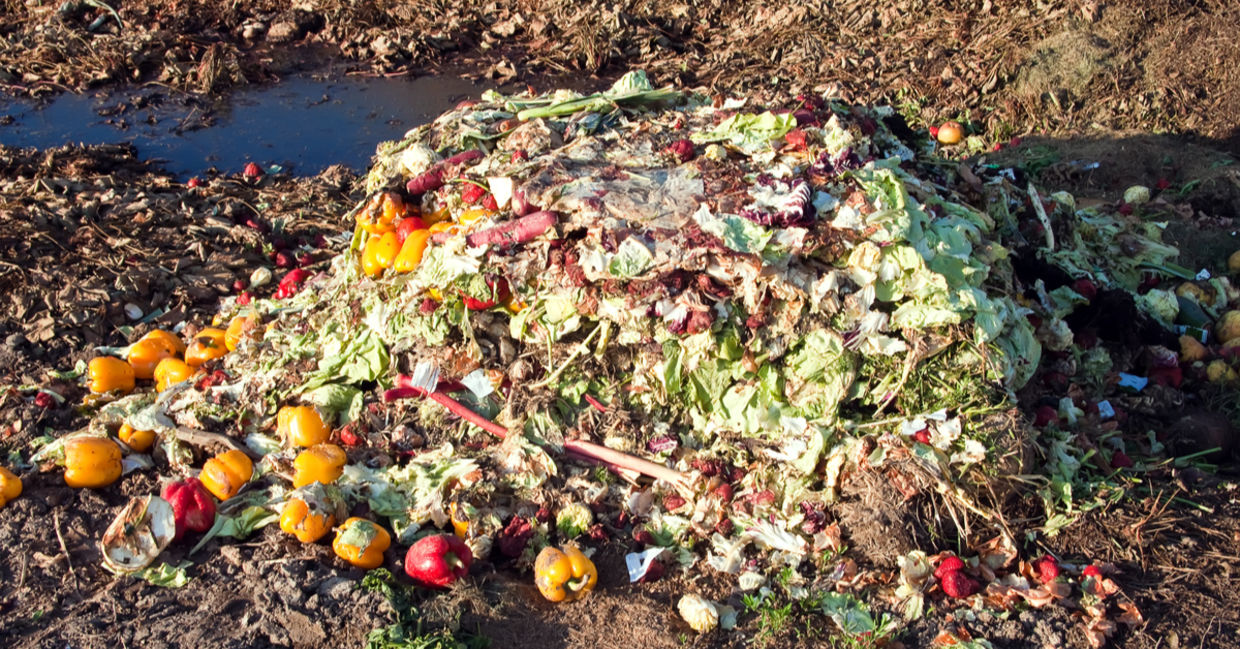
(g215 / Shutterstock.com)
2. Shift Diets to More Plant-Based Foods
A diet high in meat is very wasteful. Meat from cattle, sheep, and goats uses precious resources, and the demand for meat and dairy products is steadily growing. The only way for more people to have access to animal-based proteins are for other people to consume less. Today, there are more meat substitutes available that actually taste like meat, including the Impossible Burger and other vegan products.
The WRI report said that government subsidies to meat and dairy agriculture to the tune of $600 billion annually should be phased out so that the true cost will be reflected. Instead, subsidies should be given to agriculture that is environmentally sustainable.
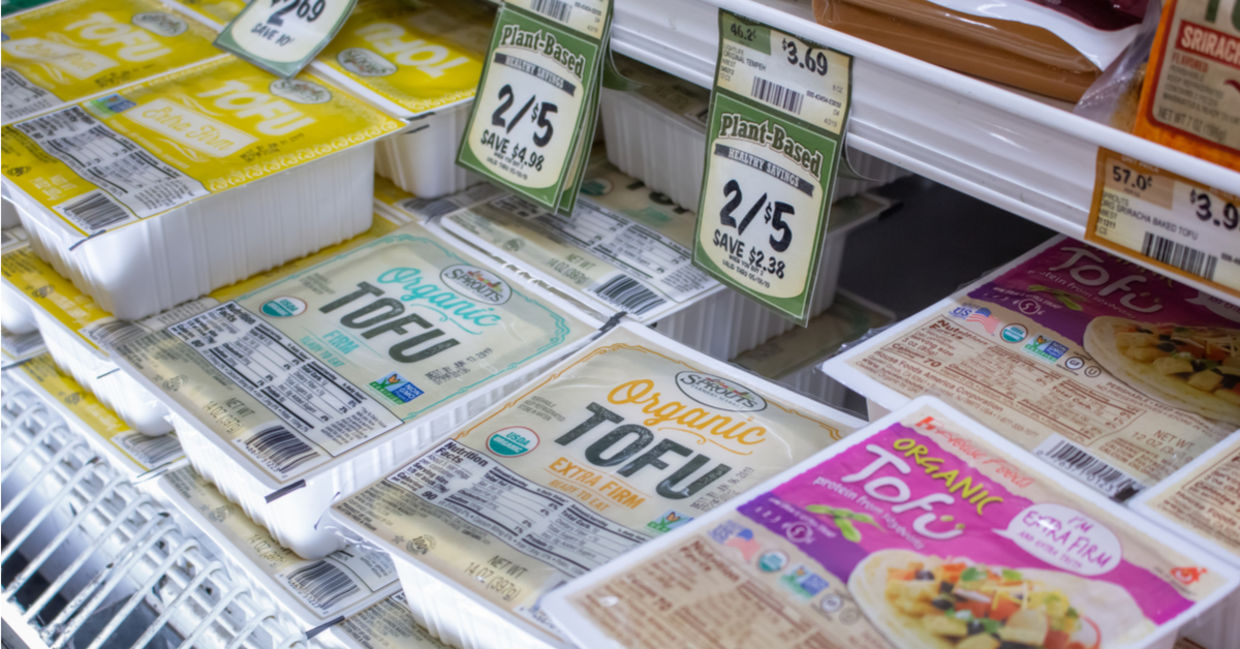
(David Tonelson / Shutterstock.com)
3. Super Boost Crop Yields
Increased crop production without increasing the amount of land used is the key to feeding a hungry world. The amount of crop harvests needs to be increased from one a year in most climates. CRISP-R technology or gene editing is a way of selectively breeding a plant to get desired traits like higher yields or drought resistance. This is not the same as GMOs which mix genes from two or more species.
Another way to boost yields on less land and with sustainable methods is indoor vertical farming that is being used in the US by companies like AreoFarms and Plenty. This needs to be scaled up.
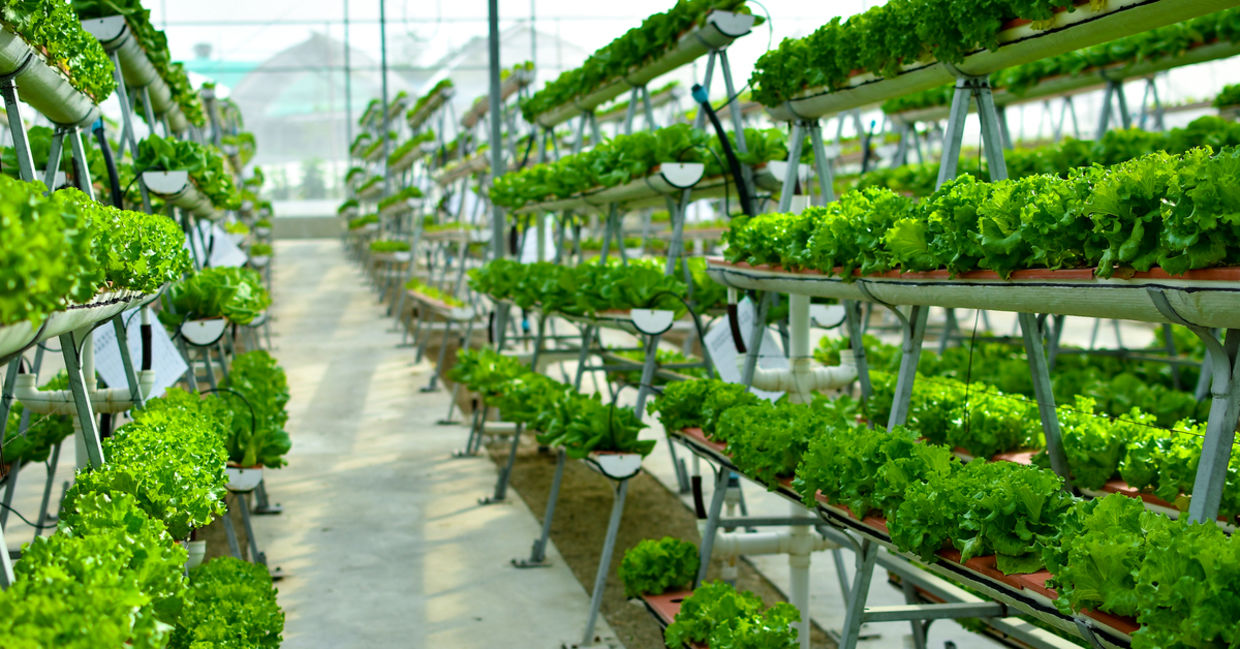
(mustbeyou / Shutterstock.com)
4. Look to the Seas for More Food
With the earth's population growing, turning to the world's oceans for food is the new blue food revolution. But taking more fish out of our oceans and inland waters is not the answer.
The oceans are already being overfished, and many species of fish are endangered. But, overfishing of our waters can be reduced by eliminating subsidies paid to the fishing industry, and the enforcement of laws against illegal fishing can save an estimated 11 to 26 million tons of fish according to National Geographic.
Increasing Aquaculture in indoor fish farms and ocean farming of fish, seafood, and seaweed is a major way to get protein into the diets of much of the world.
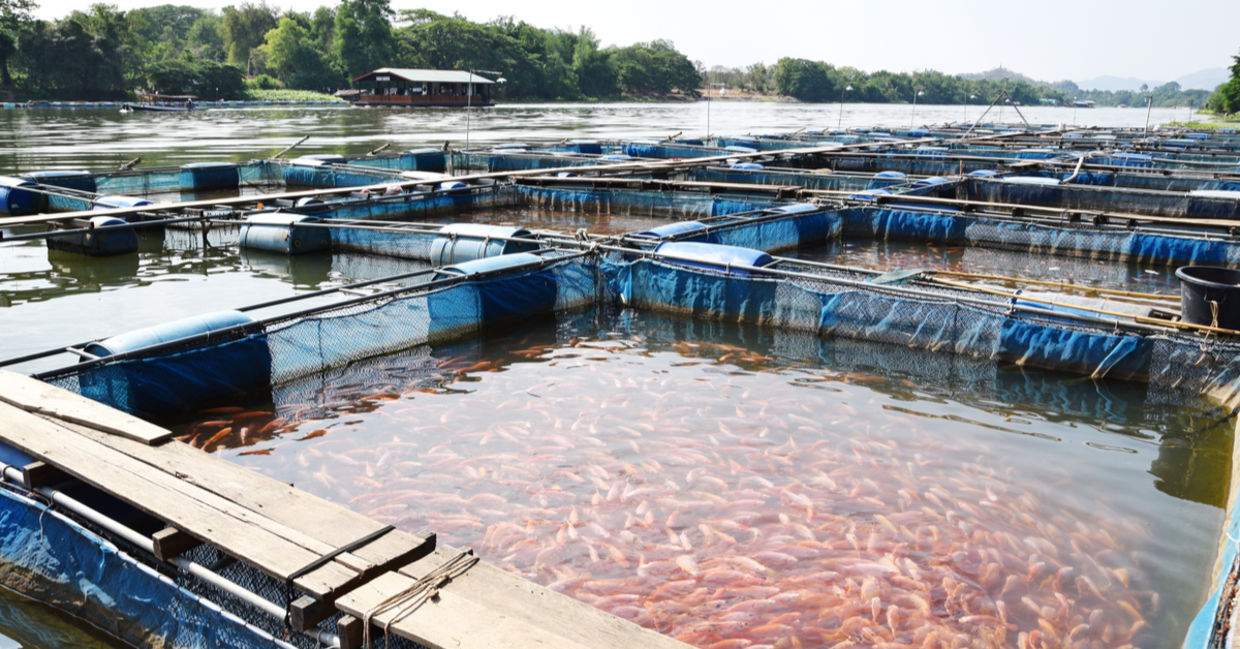
(Daracha Thiammueang / Shutterstock.com)
5. Use an Agroecological Approach to Food Production
The UN Committee on World Food Security has endorsed an agroecological approach that encompasses sustainable agriculture and food systems. Agroecology mimics nature, replacing things like chemical fertilizer with the knowledge of how a combination of plants, trees, and animals can increase the productivity of the land. This is very similar to the permaculture movement that uses natural ways to build nutrients in the soil and to regenerate agriculture. Permaculture is being used in many places in the world, including to help refugees to feed their families and become self-sufficient.
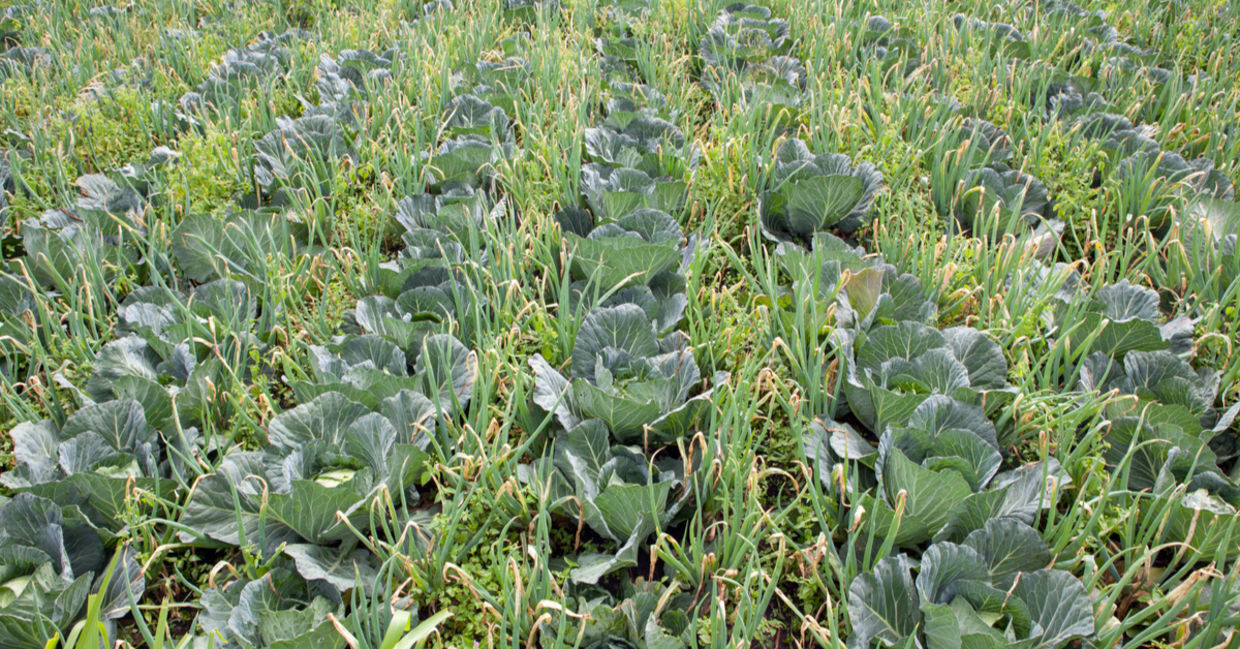
(Hans Verburg / Shutterstock.com)







